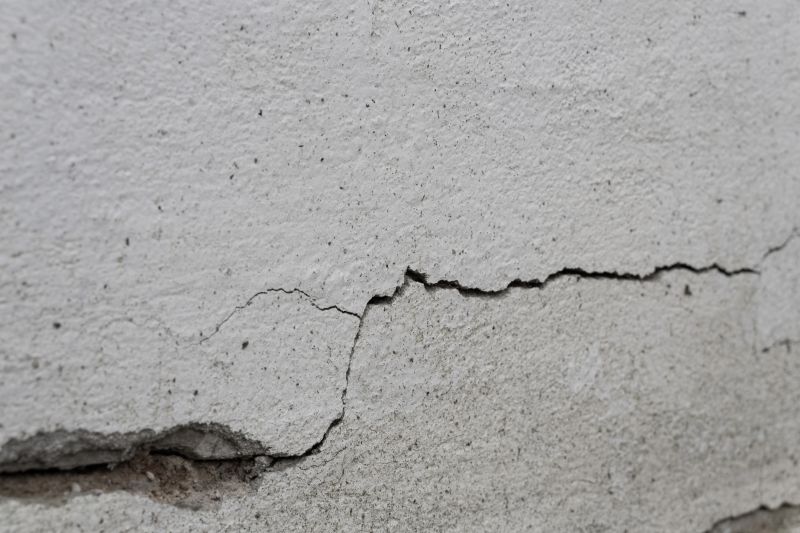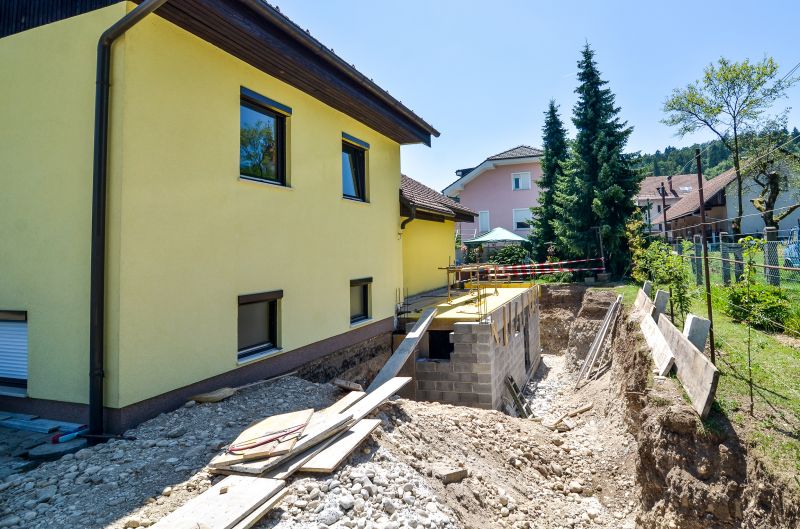Optimal Timing for Foundation Repairs
Determining the optimal time for foundation repairs depends on various factors including weather conditions, soil stability, and structural signs. Typically, mild and dry seasons offer the most favorable conditions for repair work, reducing the risk of complications caused by excessive moisture or temperature fluctuations.
These seasons often provide ideal conditions for foundation repairs due to moderate temperatures and less moisture fluctuation, allowing for more effective and lasting repairs.
Cold and wet weather can hinder repair work, cause delays, and affect the stability of the soil, making repairs less effective during these periods.
Assessing soil moisture levels is crucial. Repairs are best scheduled when soil is neither overly saturated nor completely dry, ensuring stability and longevity of the foundation.

Ways to make Foundation Repairs work in tight or awkward layouts.

Popular materials for Foundation Repairs and why they hold up over time.

Simple add-ons that improve Foundation Repairs without blowing the budget.

High-end options that actually feel worth it for Foundation Repairs.

Finishes and colors that play nicely with Foundation Repairs.

Little measurements that prevent headaches on Foundation Repairs day.
Foundation repairs are essential for maintaining the structural integrity of a property. They address issues such as cracks, settling, and shifting that can compromise safety and property value. Proper timing ensures repairs are effective and durable, preventing further damage and costly future interventions.
Statistics show that foundation-related problems account for a significant percentage of structural repairs in residential buildings. Addressing these issues promptly, especially during optimal seasons, can reduce repair costs and extend the lifespan of the foundation.

A 60-second routine that keeps Foundation Repairs looking new.

A frequent mistake in Foundation Repairs and how to dodge it.

Small tweaks to make Foundation Repairs safer and easier to use.

Lower-waste or water-saving choices for Foundation Repairs.
| Season | Ideal Conditions |
|---|---|
| Spring | Moderate temperatures, soil drying |
| Summer | Dry, warm weather with stable soil |
| Fall | Cooler temperatures, soil still stable |
| Winter | Cold and wet conditions, delays possible |
Filling out a contact form can help determine the best timing for foundation repairs based on specific property conditions. Analyzing soil moisture levels, weather patterns, and structural signs ensures repairs are scheduled during the most suitable period for durability and effectiveness.
